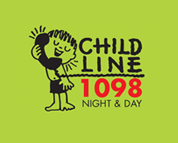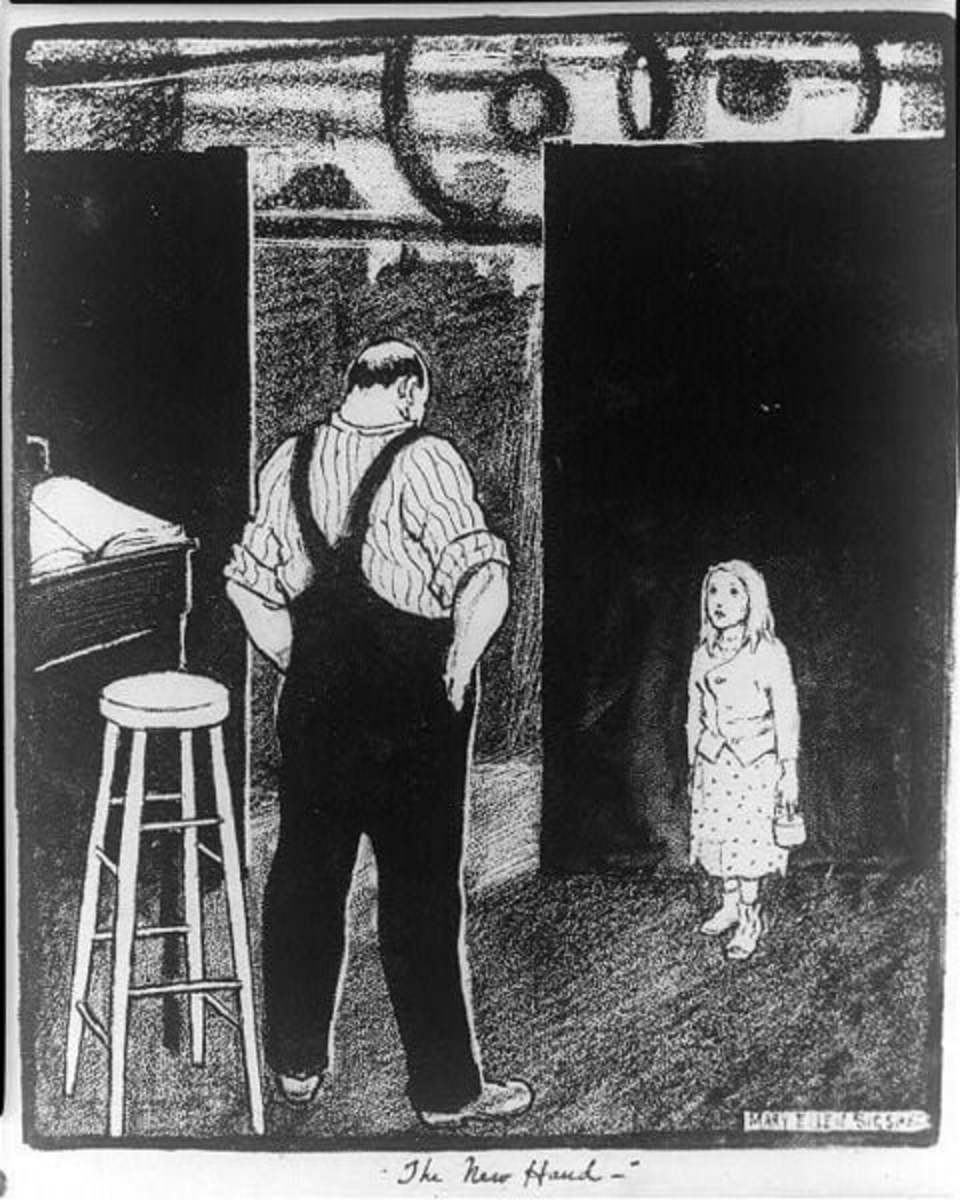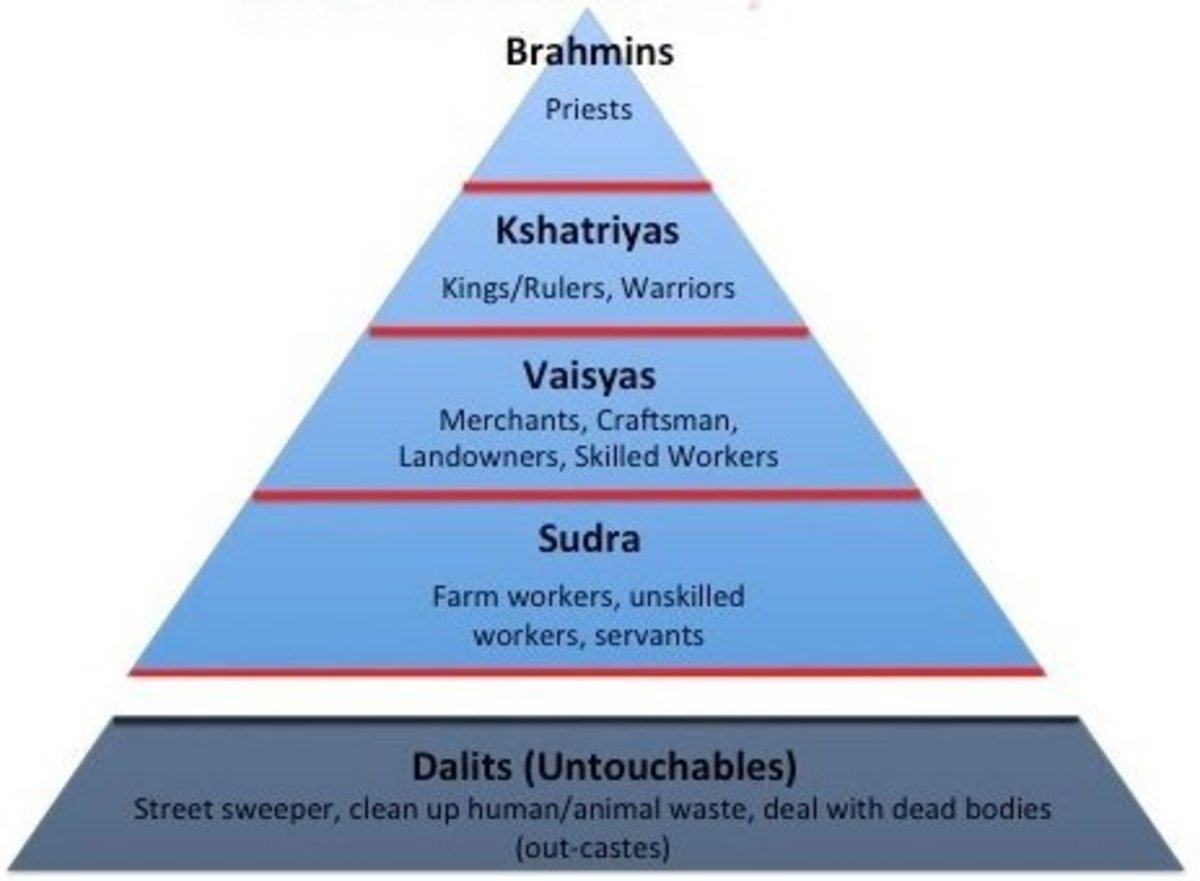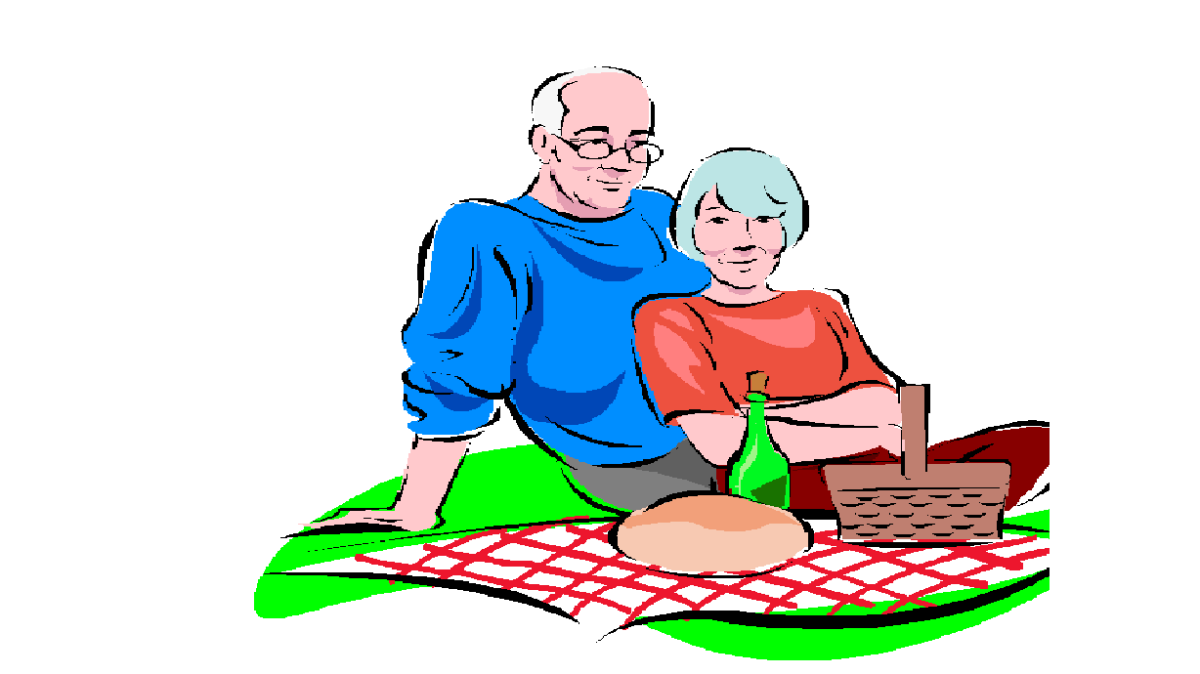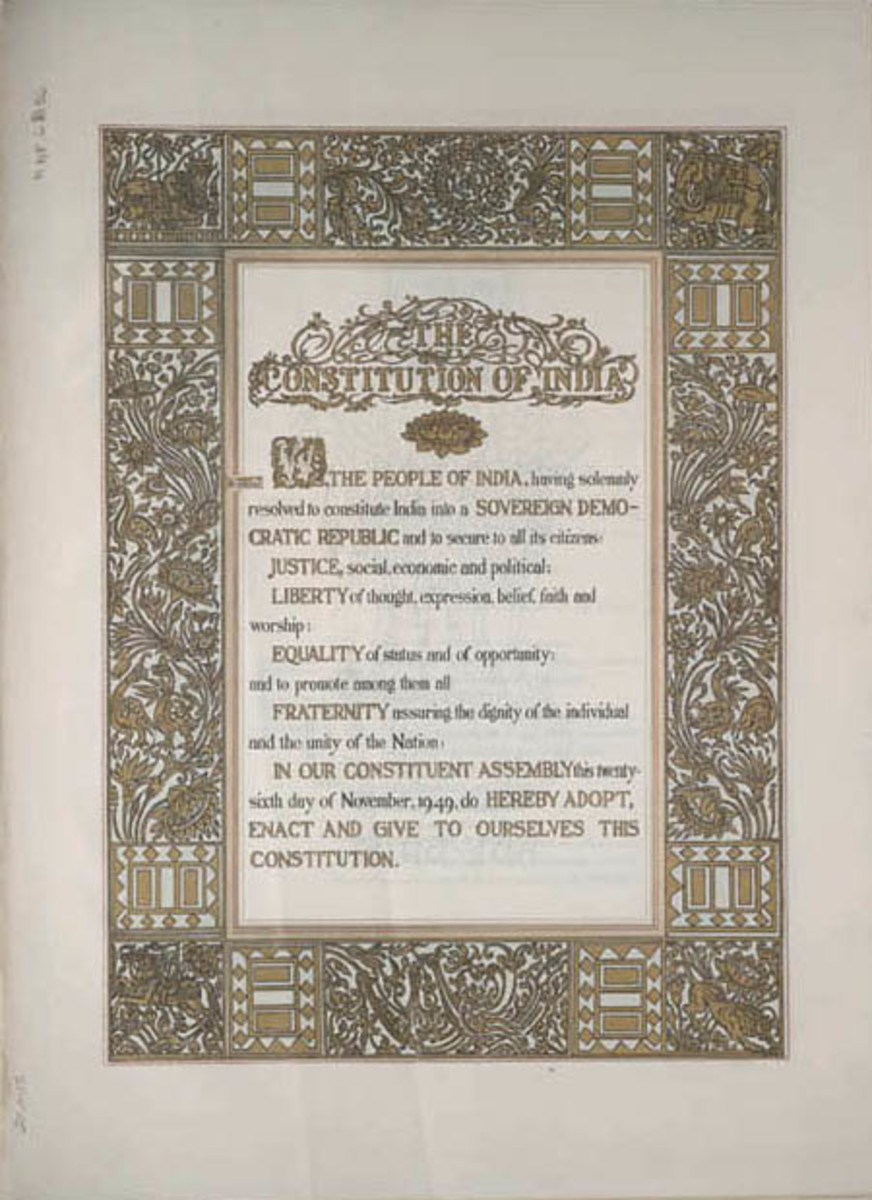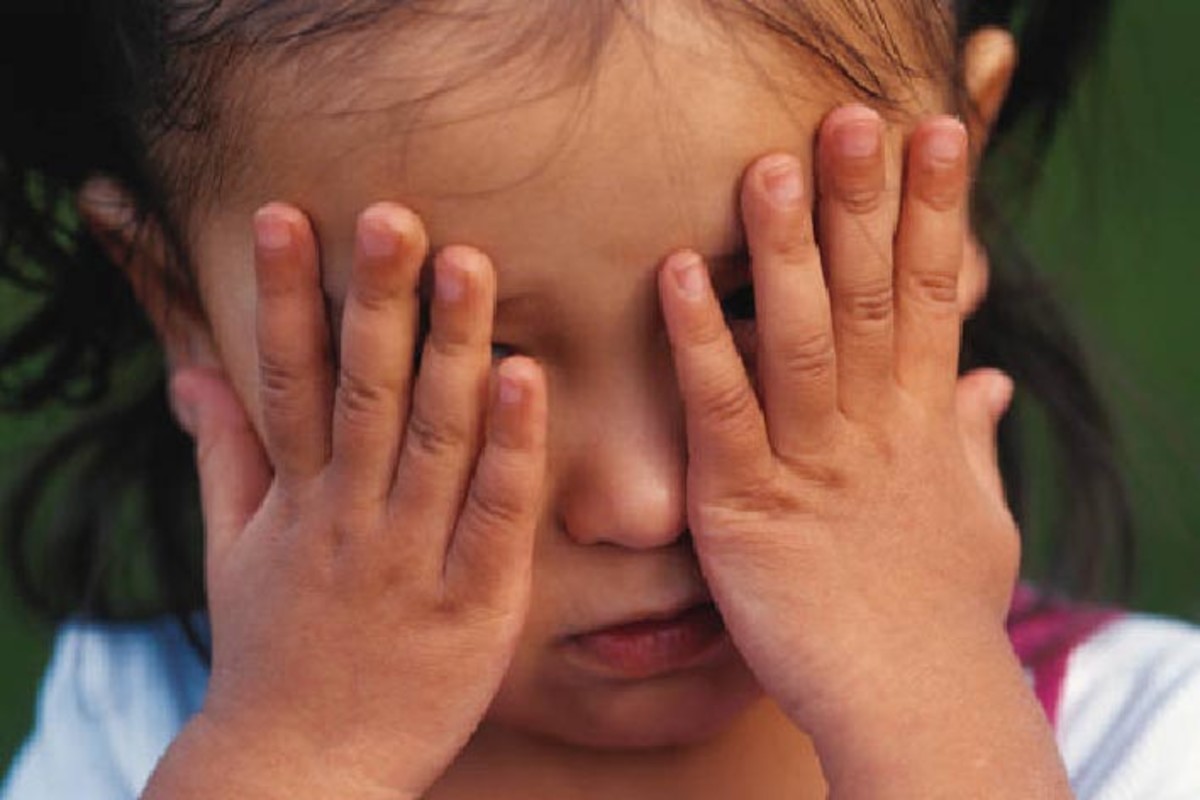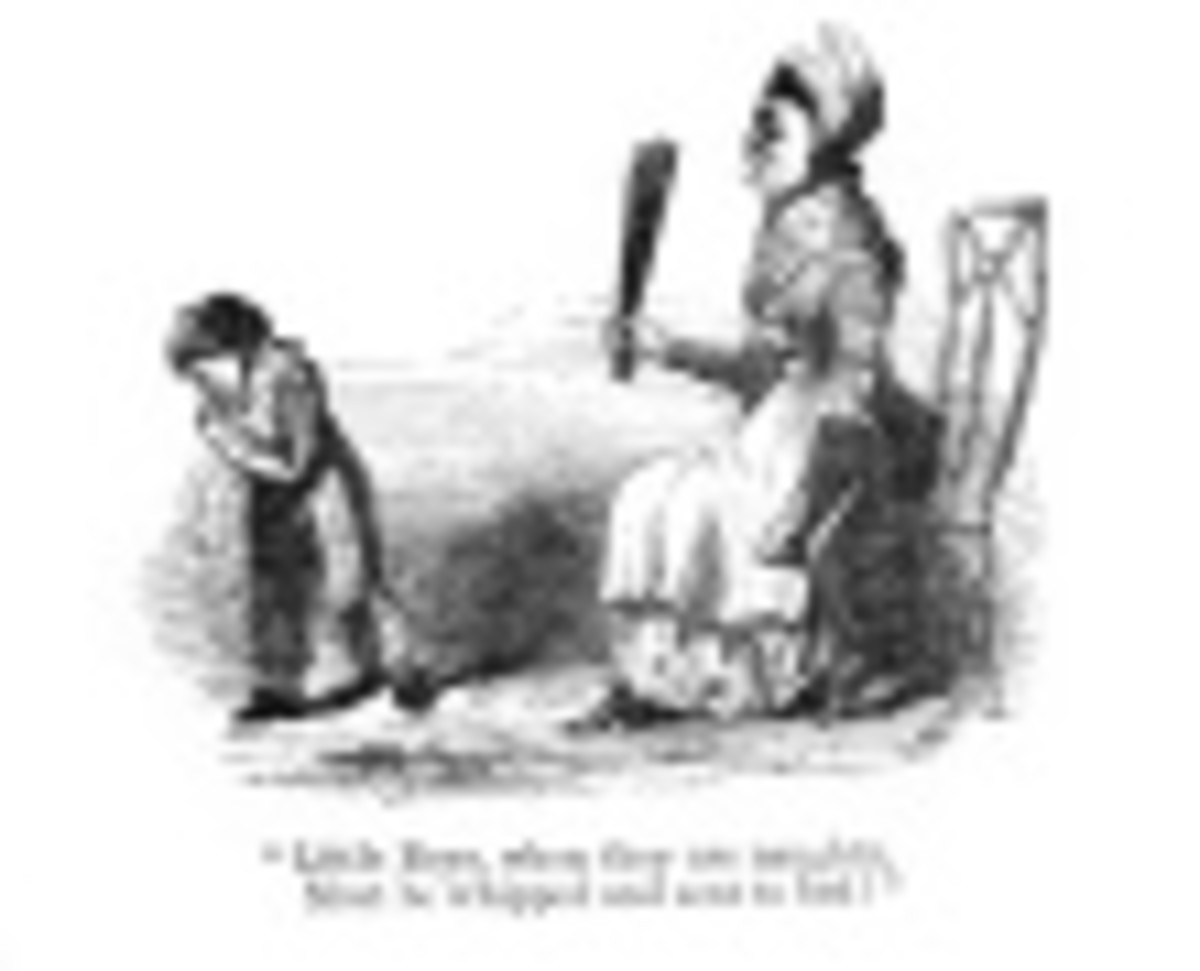Indian Child labours
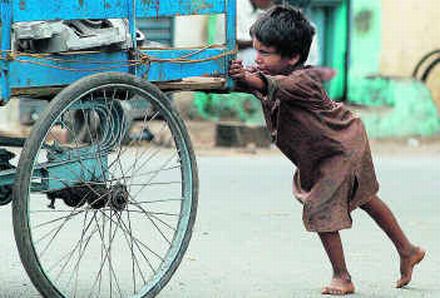
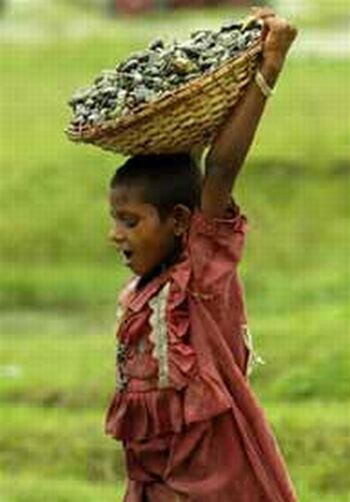
Child labour is a serious threat to the future human society all over the world. It’s a human right issue for the whole world. The kids who should be carrying a school bag is carrying a shit load of bricks, kid who should play with a cart doll instead is pulling a cart. It is a matter of grave situation that children are not receiving the education and nutrition which is important for their growth.
In India the situation of child laborers in India is desperate. Its prevalence is evident in the child work participation rate, which is more than that of other developing countries. It is a serious and extensive problem, with many children under the age of fourteen working in carpet making factories, glass blowing units and making fireworks with bare little hands. Children work for eight hours at a stretch with only a small break for meals. The meals are also frugal and the children are ill nourished. Most of the migrant children, who cannot go home, sleep at their work place, which is very bad for their health and development. Seventy five percent of Indian population still resides in rural areas and are very poor. Children in rural families who are ailing with poverty perceive their children as an income generating resource to supplement the family income. Parents sacrifice their children’s education to the growing needs of their younger siblings in such families and view them as wage earners for the entire clan.
First of all, Who is a child labour..?
There is no universally accepted common definition of term "child labor". Varying definitions of the term are used by international organizations, non-governmental organizations, trade unions and other interest groups.
Generally, "Child labor" is work for children under age 18 that in some way harms or exploits them (physically, mentally, morally, or by blocking children from education).
Child labour precludes the full unfoldment of a child's potentialities. It deprives him/her of education, training and skills which are the necessary prerequisites of earning power and economic development. A working child is denied the opportunity to educate himself.
Child labour in India
India is the second most populous country in the world, having approximately 1.2B population. With more than one-third of her population below 18 years, India has the largest youth population in the world. If we consider 0-14 year olds is suitable to be called as a Childs, India has approximately 375 million children’s, which is the largest for any country.
According to the Indian census 2001 there are about 12.59 million child labours in India, which is quite increased from 11.28 million as in 1991 census. However some NGO’S suggest there are 40 million child labours in India while the unofficial data sources goES up to a 100 mi
Where do they work
o About 80% child labourers in India are employed in the agriculture sector. (Recent ILO report)
o 10 million bonded children labourers are working as domestic servants in India (unofficial data)
o 60,000 children are employed in the glass and bangle industry and are made to work under extreme conditions of excessive heat. (Recent ILO report)
o 4, 20,000 children are employed in the carpet industry of India. (Recent ILO report)
o 50,000 children employed in the brass industry of India and around the same amount in the lock industry. (Recent ILO report)
o Beyond this there are almost 55 million bonded child labourers hired across various industries. (Unofficial data).
o Of the 2, 00,000 labour force in the matchbox industry, experts claim that 35% are children below the age of 14. They are made to work over twelve hours a day, beginning work at around 4 am, everyday. (Recent ILO report)
o 2 million children’s are employed in hazardous industries.
WATCH the consequence of using CHILD LABOURS in CRACKER INDUSTRY, Sivakasi, TAMILNADU,INDIA.
CHILD LABOUR IN HAZARDOUS INDUSTRY
The presence of child labour in hazardous
industries is a gross violation of human rights. If children are not dying in
explosions, they are dying a slow but sure death in the glass, brassware, lock,
slate, balloon, brick-kiln and other industries.
Not only are children working in hazardous industries, they are also engaged in
the most hazardous processes in industries which adults do not want to touch.
In the glass industry, children are primarily engaged in removing molten glass
from the furnaces. Since the furnaces are designed for adults, the child's face
is almost touching the wall of the furnace. It is not all.
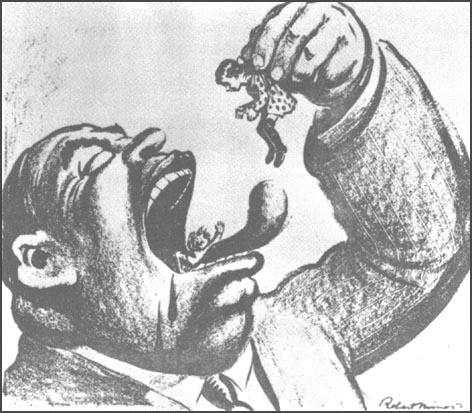
Accidents happen all the time and most of them go unreported. Doctors refuse to treat injured or severely ill patients. Doctors refuse to treat severely injured patients as they have to necessarily report medico-legal cases. With their power, employers of child labour get away scot-free. If all compensation is paid it is the state that dishes out the cash.
Statistics on Child Labour
- 17 million children in India work as per official estimates.
- When working outside the family, children put in an average of 21 hours of labour per week.
- 19% of children employed work as domestic help.
- 90% working children are in rural India.
- 85% of working children are in the unorganized sectors.
- There are approximately 2 million child commercial sex workers between the age of 5 and 15 years and about 3.3 million between 15 and 18 years.
- They form 40% of the total population of commercial sex workers in India.
- 80% of these are found in the 5 metros.
- 71% of them are illiterate.
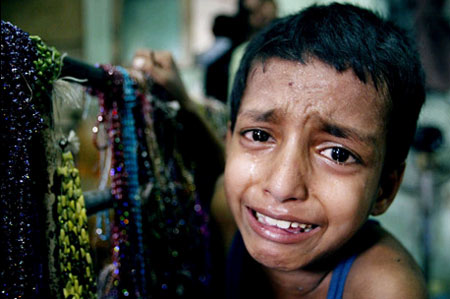
Causes of Child Labour in India
Child labour is due to a range of various socio-economic Factors. In a country like India where over 40 percent of the population is living in conditions of extreme poverty, child labour is a complex issue. Following are some of the causes of child labour
o Poverty is the reason for child labor in India. The meager income of child laborers is also absorbed by their families.
o A study found that children were sent to work by compulsion and not by choice, mostly by parents, but with recruiter playing a crucial role in influencing decision.
- Millions of children work to help their families because the adults do not have appropriate employment and income thus forfeiting schooling and opportunities to play and rest.
- Child labour is deliberately created by vested interest to get cheap labour. High incidence of child labour is a result of high incidence of adult unemployment.
- Large numbers of children work simply because there is no alternative - since, they do not have access to good quality schools. A poor education is both a cause and a consequence of child labour in many communities.
- Poor and bonded families often "sell" their children to contractors who promise lucrative jobs in the cities and the children end up being employed in brothels, hotels and domestic work. Many run away and find a life on the streets.
o Majority of parents prefer to send their children to work rather than to school at the school-going age, primarily on account of their need for a supplementary income. The desire to increase household income is normally behind the decision of families to allow their children to undertake hazardous employment.
o Low level of parental education is also an important factor in determining the incidence of child labour.
o Ineffective policy enforcement.
For example,
Despite over 80% of all working children labouring in the agricultural sector, the law fails to include them in its categorisation of child labour.
Disadvantages of being a Child labour
o One is taking the short lived time out of child's life when they should be getting a good education and having fun with their peers.
o Some of them work too much until they become sick and their employers won't bother to take them to hospital and they end up dying.
o Some of them work for people who are hot tempered, for example if he/she has broken something they might end up being beaten until death.
o The girls are the most disadvantaged because they can be forced by their employers to sleep with them and they end up having children while they are children.
o Practically speaking these child labourers are not getting Govt. declared minimum wage, other statutory benefits as they are less than 18 years of age.
o Many children do dangerous work and are worked for hours out of a day and are often abused if they are slow doing their work.
o They get paid little to nothing for all the hard work they do and are often sexually or verbally abused. What type of a life is that for a child!
o
These Labour did not get opportunities for
sports & recreation and primary education too.
o In some states these child labour when moved along with their parents from one district to another one state to another they are being treated as bonded labour.
Government policies on children
The draft approach paper of the Eleventh Five-Year Plan (2007-2012) prepared by the Planning Commission emphatically stated that ‘Development of the child is at the centre of the Eleventh Plan’. While continuing with the rights-based approach to child development, the plan recognizes the importance of a holistic approach, focusing both on outcomes and indicators for child development as well as macro-perspective trends and governance issues.
Indian Constitution Say’s
According to Article 24 of the Indian constitution, "No Child below the age of 14 (fourteen) years shall be employed to work in any factory or mine or engaged in any other hazardous employment."
Law breakers punishment (Section-14)
(1)
Rs. 10,000/- to Rs. 20,000/- fine and
(2) One month to 12 month jail.
There is total ban on Child Labour engagement in Building &
Construction
Industry as per Section 3 of 'Child Labour (Prohibition and Regulation)
Act
1986'
and
Section 12 of 'Building and Other Construction Workers' (Regulation of
Employment and Conditions of Service) Act 1996.
There are specific clauses in the draft of Indian constitution dated 26th January 1950, about the child labor policy in India. These are conveyed through different articles in the Fundamental rights and the Directive Principles of the State Policy. They lay down four specific policy rules regarding child labour.
1)
(
Article 14)No child below the age of 14 years shall
be
employed to work in any factory or mine or engaged in any other
hazardous
employment.
2)
( Article 39-E) The
state shall direct its policy towards securing that the health and
strength of
workers, men and women and the tender age of children are not abused and
that
they are not forced by economic necessity to enter vocations unsuited to
there
are and strength.
3)
(Article 39-f ) Children
shall be given opportunities and facilities to develop in a healthy
manner and
in conditions of freedom and dignity and that childhood and youth shall
be
protected against moral and material abandonment.
4) (Article 45 ) The state shall endeavor to provide within a period of ten years from the commencement of the constitution for free and compulsory education for all children until they complete the age of fourteen years.
With Right to Education coming into force, every child in this age group of 6‐14 has the right to a free and compulsory elementary education. The implementation of Right to Education Act 2010 that ensures free and compulsory education to all children bur between the age of 6 and 14 years. The act guarantees right to education to children of all communities including minorities and backward classes. The challenges before the successful implementation of this Act are simply overwhelming that includes poverty. Its’ one of the major reasons, behind child illiteracy and early school dropout rates in India. However, irrespective of the insurmountable challenges facing its successful implementation, the provision of mandatory reservation of 25% seats for the disadvantaged children in private schools within the Act deserves appreciation. The mushrooming private institutions have been trading on education and have done little for the actual empowerment of downtrodden children through education. With compulsory reservation they will be brought to book and made to play a concrete role in promoting education amongst the poor along with public institutions.
Although Indian government tries to develop the life of poor Childs, but the issue of Child Rights in India is still caught between legal and policy commitments to children on the one hand, and the fallout of the process of globalization on the other. Resource allocations by the State, however, remain quite inadequate to take care of the survival and healthcare needs of infants and children, their education, development and protection
Step’s to stop child labour
o People have to work hard to get all that their children need.
o Parents should be strict to their children in that, if a child has to go to school should not be at home unless he or she is sick.
o Funds should be raised to cater the needs for the orphans and for the poor people.
o Drug marketing should be minimized or for those who sell them should never attempt selling them to children.
o People should stop employing children to work for them and those who force children to work must stop that.
o Each and everyone should be made aware of what child labor is all about. This can be done by holding seminars on child labor and everyone should be given a chance to air out his/her views.
o Improvements should be made on the economy and free basic education should be offered.
o Law abiding to child labor should be emphasized and be publicized and anyone who goes against it is liable for punishment.
o Family planning methods should be improvised for everyone to have a family which they can properly manage and cater for.
o The gap between the poor and the rich should be minimized. This mainly can be done by eradicating capitalism and creating more job opportunities
o The possible measures of eradicating child labour by providing: solutions to poverty should be found, availability of the basic human resources, education of all the children, safeguarding of the children rights and employment for the unemployed parents
WHAT WE CAN DO
o Eradicating child labour by making contribution and resending the children back to school and continuously paying for their school fees.
o We can also stop the dropping out of school by really knowing the reason behind it then we can talk and the child goes back to school or if the matter is of misbehaving then the child is guided.
o Instead of blaming the "supply side", we must focus on the "demand side' i.e.…, we should look at those parents suffering with poverty and in what way you could help those parents either in giving them money or deciding to volunteer and help them.
o Launching massive countrywide campaign needs to be launched- like the campaign on the girl child-stating clearly the punitive action which would be taken if children were found to be employed.
o We should collect those children and parents in one place and educate them by providing counseling, guide the family more about education; finally provide them with all the facility they need.
o Anybody found a working children, a boy or a girl below 18 years, then his or her employee should be sent to court and be given a harder punishment
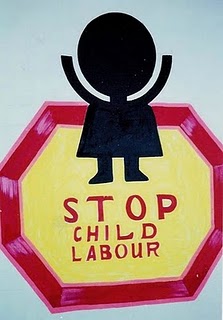
“…Together let us build the global alliance to realize that goal, secure in the knowledge that in serving the best interests of children, we serve the best interest of humanity..."
"Everyone deserves the best start in life. Education is essential to a child's development. . There is no duty more important than ensuring that their rights are respected, that their welfare is protected, that their lives are free from fear and want and that they can grow up in peace."
Some books...
